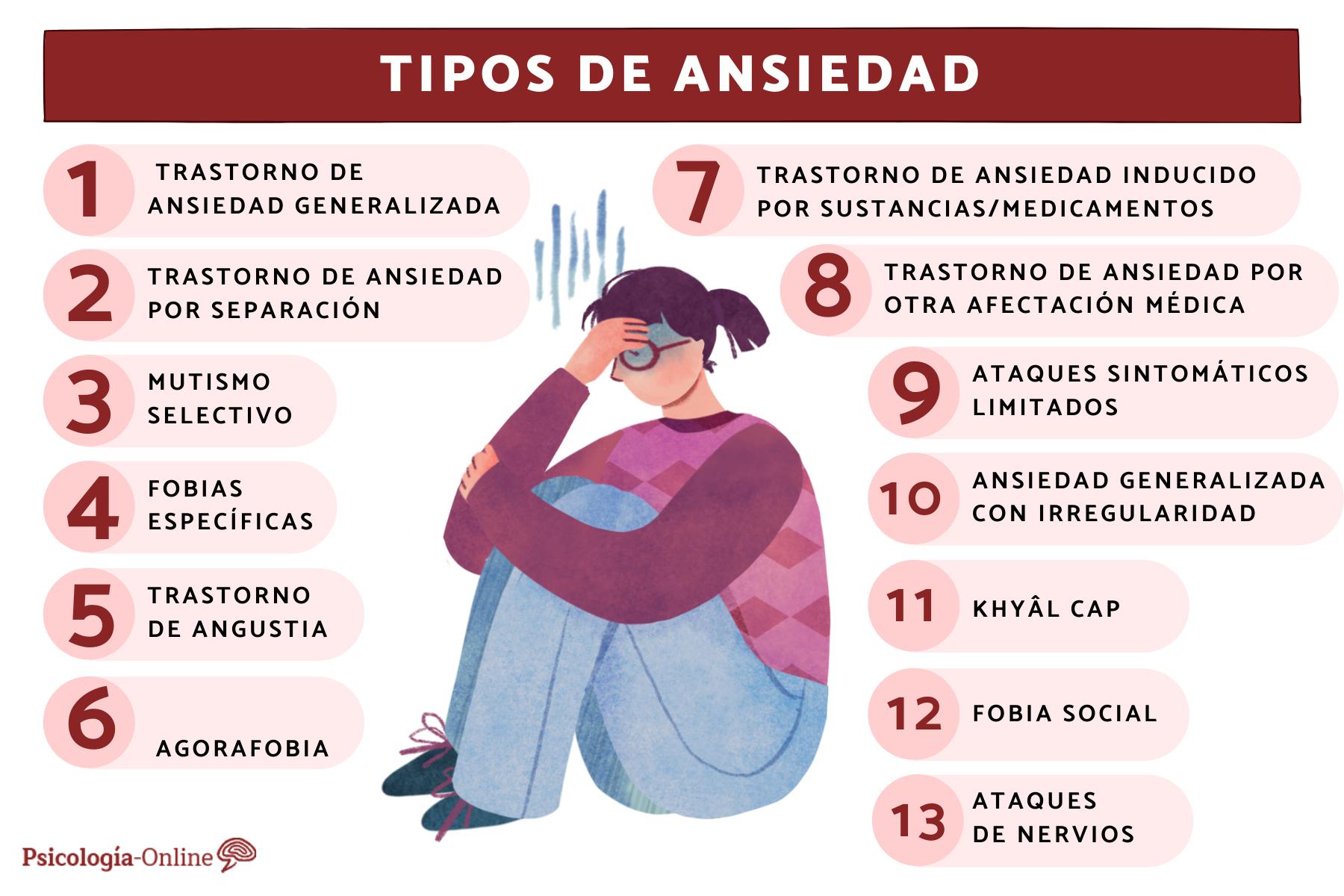Trastornos De Ansiedad En La Infancia: Tipos Y Tratamientos, ¡qué rollo, eh! Pero ojo, no es solo drama adolescente. Hablamos de miedos, preocupaciones y ataques de pánico que pueden afectar a los más peques. Desde la ansiedad por separación hasta el pánico escénico, hay varios tipos, y entenderlos es clave para ayudar a los chiquillos a superarlos. Vamos a desmenuzarlo todo, desde los síntomas hasta los tratamientos, ¡sin rollo! Prepárate para entender qué onda con la ansiedad infantil y cómo darle la vuelta a la situación.
Este tema es súper importante porque la ansiedad en la infancia puede afectar seriamente el desarrollo del niño. Si no se trata, puede generar problemas en la escuela, en las relaciones sociales y hasta a largo plazo. Por eso, conocer los diferentes tipos de trastornos de ansiedad, sus causas y tratamientos disponibles es fundamental para ayudar a los niños a llevar una vida más tranquila y plena. En este texto, vamos a explorar las diferentes formas en que la ansiedad se manifiesta en los niños, así como las estrategias para manejarla y superarla.
Tipos de Trastornos de Ansiedad en la Infancia: Trastornos De Ansiedad En La Infancia: Tipos Y Tratamientos

Right, so, let’s delve into the different types of anxiety disorders that can totally mess with a kid’s head. It’s a bit of a minefield, but understanding the nuances is key to getting them the right support. We’ll be looking at the main characteristics and how they manifest, so grab your pens and notebooks, this is going to be a proper deep dive.
Trastorno de Ansiedad por Separación
This one’s a real doozy. Basically, it’s when a child experiences excessive anxiety related to separation from their primary attachment figures – usually parents or caregivers. Think clinginess, major meltdowns at drop-off, nightmares about separation, and physical symptoms like tummy aches or headaches when anticipating separation. It’s not just a bit of shyness; we’re talking seriously debilitating anxiety that impacts their daily life. For example, a child might refuse to go to school, have panic attacks when left alone, or constantly need reassurance that their parents will return. The severity varies, of course, but it’s always a major wrench in the works.
Diferencias entre el Trastorno de Ansiedad Generalizada y el Trastorno de Pánico en niños
These two are often confused, but they’re actually quite different beasts. The GAD, or Generalized Anxiety Disorder, is more of a low-level, persistent worry about a whole range of things – school, family, friends, you name it. Panic disorder, on the other hand, is characterised by sudden, intense attacks of terror. Think racing heart, shortness of breath, sweating – the full Monty. Let’s break it down in a table, shall we?
| Característica | Trastorno de Ansiedad Generalizada (TAG) | Trastorno de Pánico (TP) |
|---|---|---|
| Síntomas | Preocupación excesiva, irritabilidad, dificultad para concentrarse, tensión muscular, problemas de sueño. | Palpitaciones, sudoración, temblores, sensación de ahogo, mareos, dolor en el pecho, miedo a morir o perder el control. |
| Frecuencia | Preocupación casi diaria, durante al menos seis meses. | Ataques inesperados, que pueden ocurrir con poca frecuencia o varias veces al día. |
| Duración | Crónica, a menudo con fluctuaciones en la intensidad. | Los ataques son breves (minutos), pero la anticipación a ellos puede ser constante. |
Trastorno de Ansiedad Social en niños
Right, so social anxiety in kids. This one’s all about intense fear of social situations where they might be judged or embarrassed. At school, this could manifest as refusing to participate in class, avoiding eye contact, or experiencing crippling anxiety before presentations or group work. Socially, they might avoid parties, playdates, or any situation where they feel they’ll be scrutinized. They might worry about blushing, sweating, or saying something silly. It’s a real confidence killer, and it can severely limit their social interactions and academic progress.
Trastorno de Ansiedad Selectivo en niños
This is a bit more specific. It’s all about anxiety focused on particular situations, usually involving performance or social interaction in specific contexts. For example, a child might be perfectly fine at home but terrified of speaking in front of the class or performing in a school play. Other triggers could include eating in public, going to certain places (like a friend’s house), or interacting with specific people. It’s not a general social anxiety; it’s a highly focused, intense fear linked to particular situations. Imagine a child who can chat away with family but freezes up when asked to read aloud in class – that’s a classic example.
En resumen, la ansiedad infantil es un tema serio pero abordable. Entender los diferentes tipos de trastornos, sus causas y tratamientos disponibles es el primer paso para ayudar a los niños a superar sus miedos y preocupaciones. Recuerda que buscar ayuda profesional es fundamental, ya sea terapia, medicamentos o una combinación de ambos. No dudes en buscar apoyo para tus hijos o para ti mismo si necesitas ayuda para lidiar con la ansiedad. ¡Hay salida, no te rindas!
